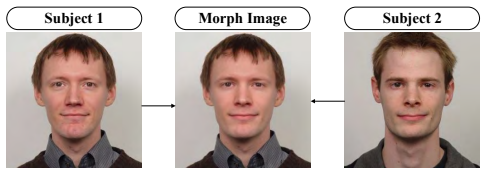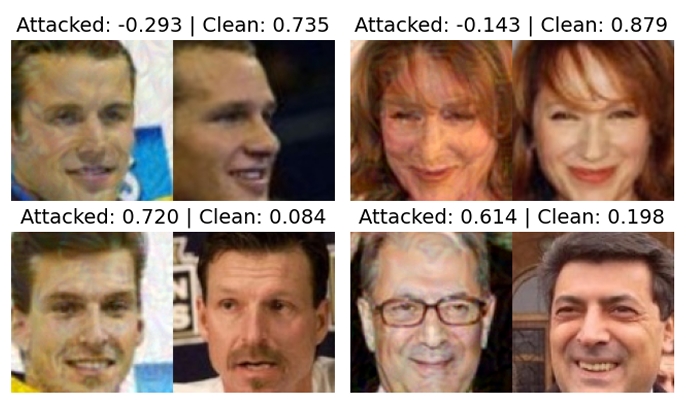
Featured in:
MD Thesis
Authors:
Joana Pimenta
The use of the face as a way to identify and verify an individual’s identity has significantly impacted the expansion of biometric systems, particularly face recognition systems, as a security measure. However, the human face is extremely susceptible to manipulation, making the systems highly vulnerable to threats and attack attempts. Face morphing is one of the most concerning attacks since it allows to obtain an image of an individual that appears to be real but, in fact, does not exist. Furthermore, the resulting image can be easily confused with the faces of two or more individuals, as it incorporates a combination of their facial characteristics. This allows, for instance, an attacker to impersonate another person and gain unauthorized access to sensitive information or systems. For all these reasons, the ability to detect these attacks is crucial and has been the subject of intensive study by researchers. Currently, most of these techniques use deep learning algorithms, which have demonstrated effectiveness in realistic scenarios.
In this dissertation, the main goal is to investigate the influence of image context on the detection of face morphing attacks in the particular case of deep learning algorithms. In that regard, it is proposed to analyze the impact of the image alignment settings on the detection of these attacks. This is motivated by the fact that the face alignment procedure directly influences the interconnections between the face contour and image context. Thus, effective detection can be achieved by obtaining optimal alignment conditions.
Content type: Thesis Presentation
Link: here
Upload Date:2024-10-13T13:54


© 2024 VISTeam | Made by Black Monster Media

Institute of Systems and Robotics Department of Electrical and Computers Engineering University of Coimbra